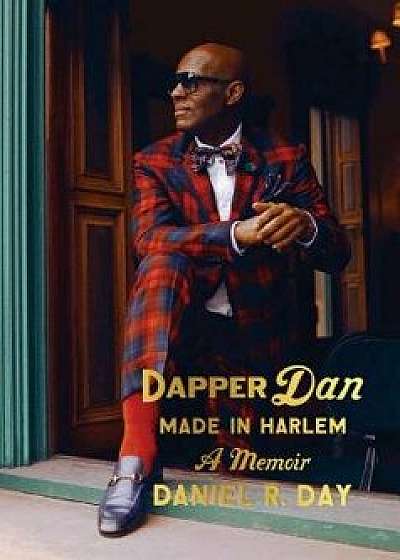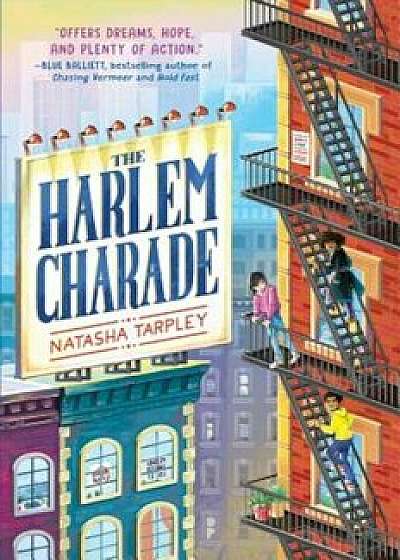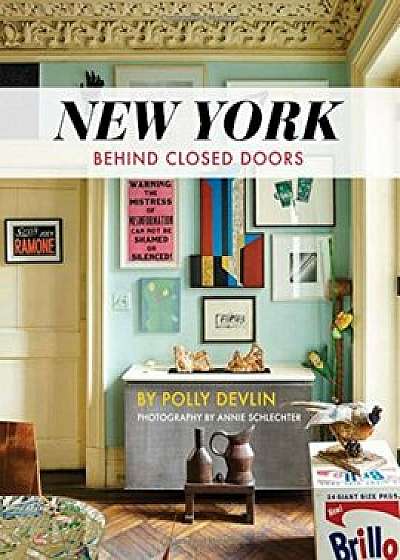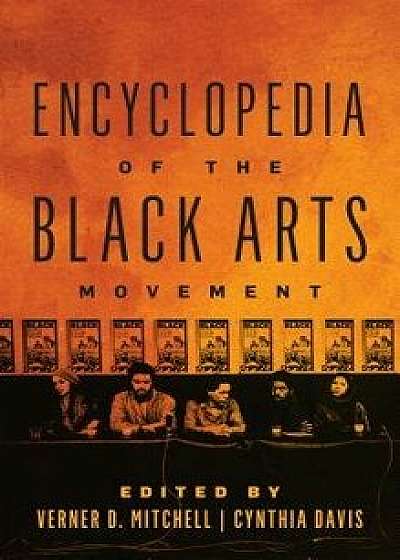
Whose Harlem Is This, Anyway?: Community Politics and Grassroots Activism During the New Negro Era, Paperback/Shannon King
Descriere
Description2015 Choice Outstanding Academic Title Winner of the Anna Julia Cooper/CLR James Award for Outstanding Book in Africana Studies presented by the National Council for Black Studies Demonstrates how Harlemite's dynamic fight for their rights and neighborhood raised the black community's racial consciousness and established Harlem's legendary political culture In Whose Harlem Is This, Anyway?, Shannon King vividly uncovers early twentieth century Harlem as an intersection between the black intellectuals and artists who created the New Negro Renaissance and the working class who found fought daily to combat institutionalized racism and gender discrimination in both Harlem and across the city. New Negro activists, such as Hubert Harrison and Frank Crosswaith, challenged local forms of economic and racial inequality in attempts to breakdown the structural manifestations that upheld them. Insurgent stay-at-home black mothers took negligent landlords to court, complaining to magistrates about the absence of hot water and heat in their apartment buildings. Black men and women, propelling dishes, bricks, and other makeshift weapons from their apartment windows and their rooftops, retaliated against hostile policemen harassing blacks on the streets of Harlem. From the turn of the twentieth century to the Great Depression, black Harlemites mobilized around local issues--such as high rents, jobs, leisure, and police brutality--to make their neighborhood an autonomous black community. In Whose Harlem Is This, Anyway?, Shannon King demonstrates how, against all odds, the Harlemite's dynamic fight for their rights and neighborhood raised the black community's racial consciousness and established Harlem's legendary political culture. By the end of the 1920s, Harlem had experience a labor strike, a tenant campaign for affordable rents, and its first race riot. These public forms of protest and discontent represented the dress rehearsal for black mass mobilization in the 19





